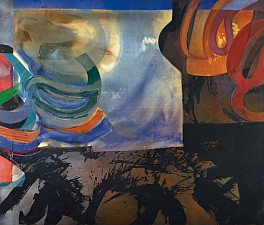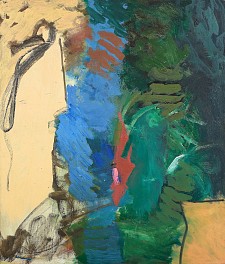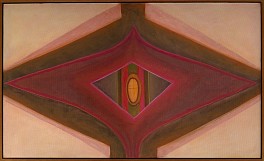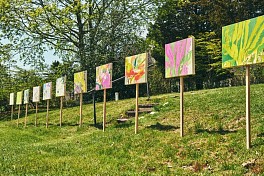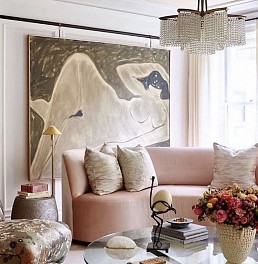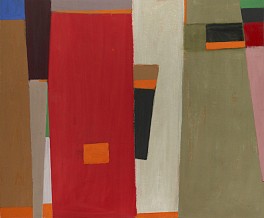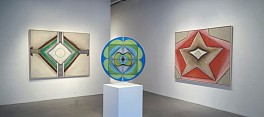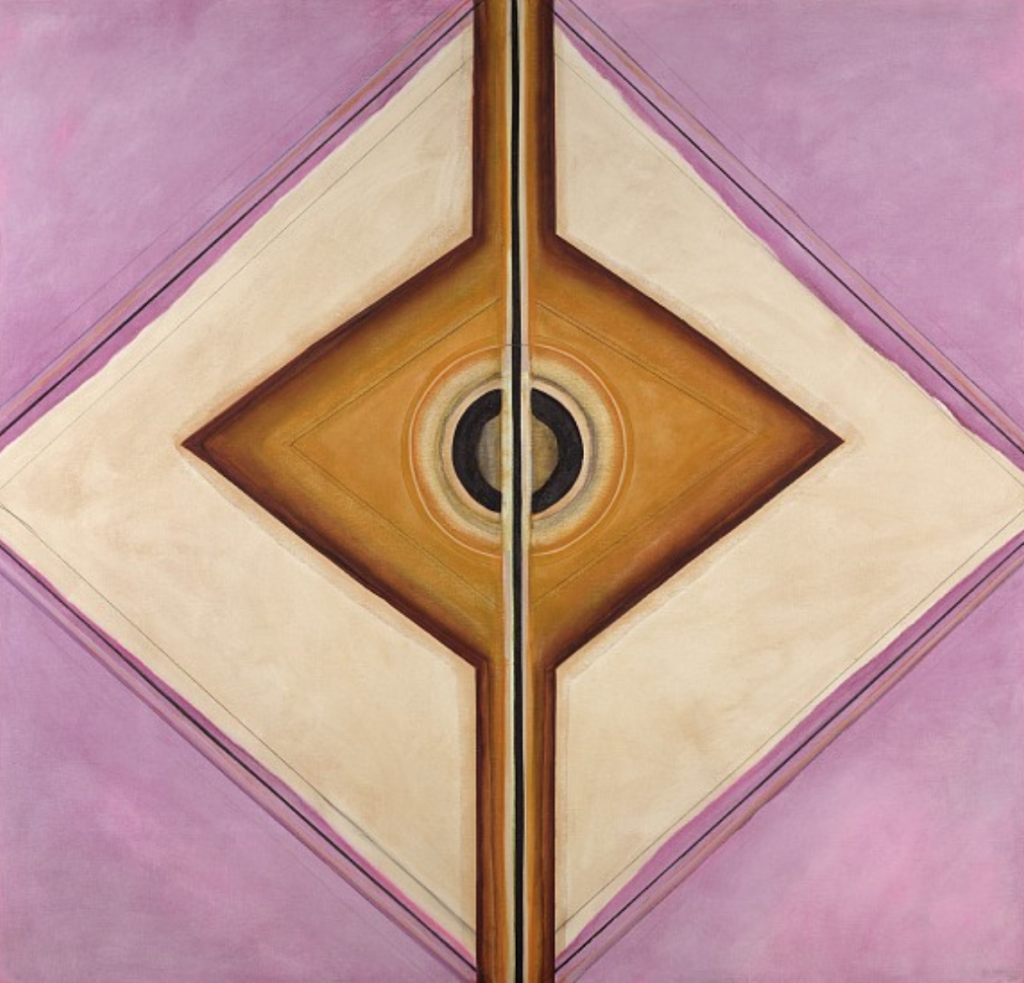Syd Solomon: Concealed and Revealed at the John and Mable Ringling Museum of Art,
May 28, 2020 - Berry Campbell
PRESS RELEASE
FOR IMMEDIATE RELEASE
EXTENDED: SYD SOLOMON: CONCEALED AND REVEALED AT THE JOHN AND MABLE RINGLING MUSEUM OF ART
NEW YORK, NEW YORK, MAY 28, 2020—Berry Campbell is pleased to announce the extension of the Syd Solomon traveling museum exhibition, Syd Solomon: Concealed and Revealed. After opening at the Deland Museum, Florida in 2016, the retrospective traveled to the Greenville County Museum, South Carolina (2017), and then to Guild Hall Museum, East Hampton, New York (2018). The exhibition opened at its final venue, The John and Mable Ringling Museum of Art, Sarasota, Florida, in December of 2019. Shortly after a full-day symposium on Syd Solomon in February 2020, the museum temporarily closed due to COVID-19. The John and Mable Ringling Museum of Art reopened to the public on May 27, 2020 and will extend Syd Solomon: Concealed and Revealed and all associated programing through January 2021.
Syd Solomon: Concealed and Revealed consists of 45 paintings and works on paper sourced from public and private collections, including hundreds of original and never seen before archival photographs and documents from the Solomon Archive. These newly discovered materials detail how Syd Solomon's World War II camouflage designs and other early graphic arts skills were foundational to his unique approach to Abstract Expressionism. This new information makes this exhibition and accompanying catalogue a revelation by furthering the understanding of Syd Solomon’s life and work.
Syd Solomon served as camouflage expert in the United States Army during World War II (1941- 1945), which prevented him from taking part in the formative years of the Abstract Expressionist movement in New York. His camouflage designs were used during the Normandy invasion and in the African campaign and his camouflage instruction manuals where distributed throughout the US Army. Solomon's designs were shared with the English camouflage experts, many of whom were artists, including Barbara Hepworth, Roland Penrose, and Henry Moore. Syd Solomon was awarded five Bronze Stars for his service.
Solomon suffered frostbite in the Battle of the Bulge and was not able to live in cold climates, thus settling in Sarasota, Florida. Although he arrived to the Abstract Expressionist scene late because of the War, by 1959 his work had gained the admiration of Museum of Modern Art curators, Peter Selz and Dorothy C. Miller, the Whitney Museum of American Art's director, John Baur, and many others, including artists Philip Guston and James Brooks, who became life-long friends. At this time, Syd Solomon's paintings entered the collections of the Solomon R. Guggenheim Museum, the Whitney Museum of American Art, and over 100 additional museum collections.
This exhibition was co-curated by Mike Solomon, the artist’s son, and Ola Wlusek, the Keith D. and Linda L. Monda Curator of Modern Art and Contemporary Art, at the John and Mable Ringling Museum of Art, Sarasota, Florida.
Syd Solomon: Concealed and Revealed is accompanied by a 96-page hardcover catalogue with essays by Michael Auping (former Chief Curator at the Modern Art Museum of Fort Worth and curator of recent exhibitions of Frank Stella and Mark Bradford), Dr. Gail Levin (expert on Lee Krasner and Edward Hopper), George Bolge (Director of the Deland Museum of Art, Florida), and Mike Solomon, (artist and the artist’s son). This exhibition was organized by the Estate of Syd Solomon in conjunction with Berry Campbell, New York.
For museum hours of operation, please visit: www.Ringling.org. To visit the exhibition virtually, please visit: https://www.youtube.com/watch?v=0f1b8wRQhsw. To purchase the exhibition catalogue, please email: info@berrycampbell.com.

